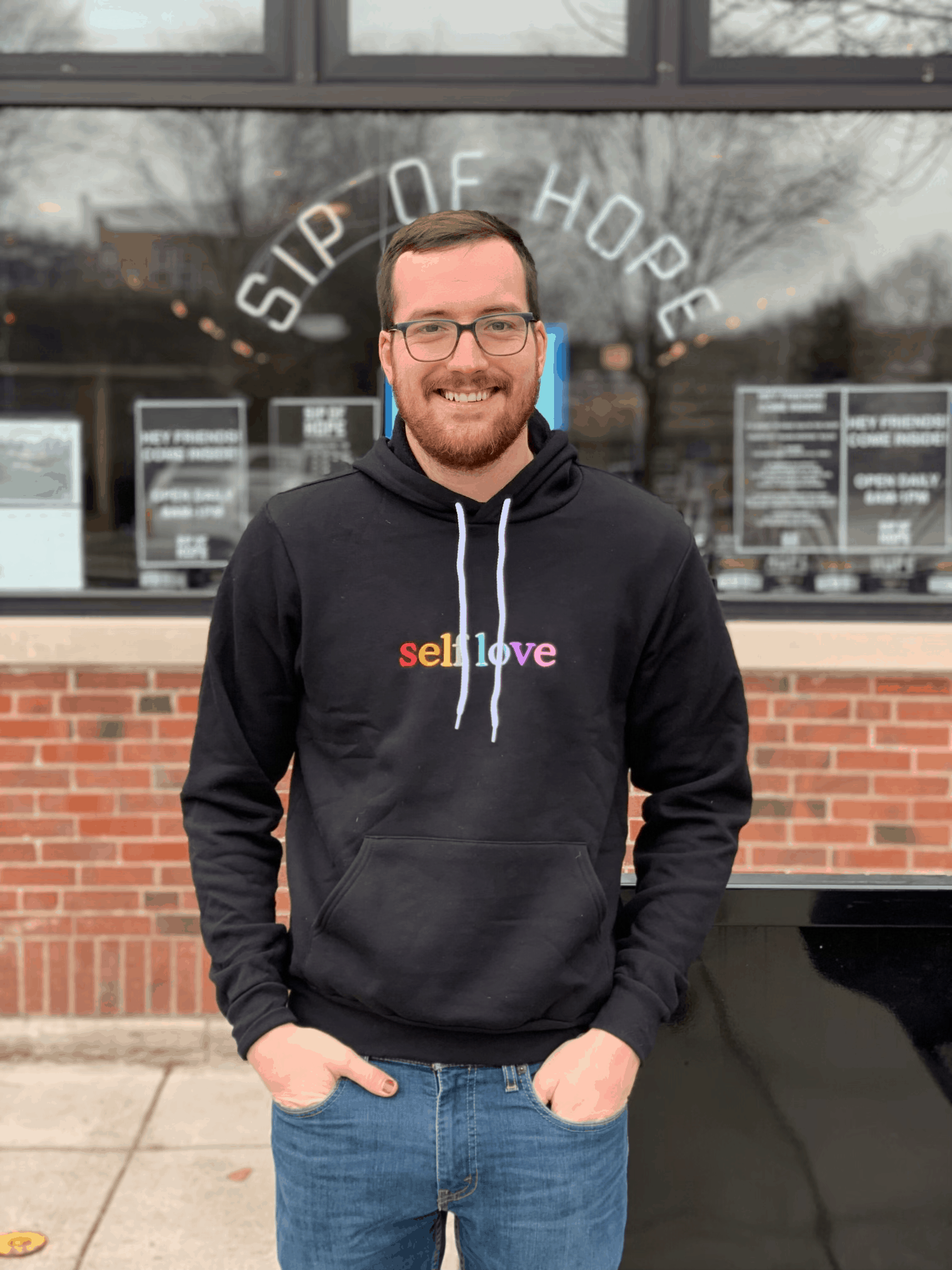Waking up in the behavioral health unit of a hospital was a surreal, humbling experience. There’s often a tendency to think you’re above those who are struggling harder than you are — it was hard to accept that I could be so out of control of my mood and behaviors to end up in a hospital. But as soon as I did accept this state of being, the stigmatizing stopped and the healing began.
During this time, my confrontational mood swings began to lessen, and I embraced that I could learn ways to navigate this new chapter of living with bipolar disorder. I used journaling and poetry as a coping mechanism, almost to cradle my brain and reassure myself that I still had some tiny bit of control of my current state. I learned what being bipolar meant for me.
Once I completed my hospital stay in Spring 2017, the gravity of this new journey ahead started to settle in. I thought about the lack of control I had during my first manic episode back in Columbia — I knew that if I wanted to survive this and continue a normal life, I had to welcome new lifestyle changes, including medication. Embracing this lifestyle was an absolute necessity in getting better and it has kept my mania and depression symptoms manageable to this day.
Summer 2017 was mainly spent learning how to survive with this new brain of mine. Without the love and support from family and friends, there’s no telling what would have happened. I recognized that there were things I could control, and things I could not. Controlling the controllables — beginning with learning to love myself — is what helped keep me steady. I relied heavily on music and writing to ease the racing thoughts, soften the manic energy and combativeness, and soothe my soul.
When the mania leveled out, I cycled back into a depressive episode for the first time since my diagnosis in Spring 2017. It was Winter 2017. I flipped from one polar to the other, hence the disorder’s name.
—
It can be hard for someone who hasn’t experienced a depressive episode to understand its complexities. To the world, the more obvious symptoms of depression would show, “Hey, something is definitely off with this person. This person is not the same person I know and love.”
But for me, depression isn’t really about what an outside perspective sees — depression is about a mental flatness that subsists for months. It’s like a layer of fog that has settled around your brain with no plans of leaving.
Depression is being exhausted even when you haven’t done a task, physical activity or the smallest bit of work all day. It’s about being hyper aware of things you would normally enjoy, but not one of those things can change your mood for the better.
How do you tell the person who believes in you most that they can’t help? How do you articulate how you are feeling when you aren’t feeling, period?
How do you tell an adult family friend “nothing” when you see them and they ask what you are doing in life at that moment?
I don’t fully understand everything about this part of the illness, I never will. But when you finally, after months of numbness, start to really feel again, it’s unlike anything else in the world.
—
I rang in 2018 still in a deeply depressed state, but I can vividly remember my first moment of clarity — a shift in mindset of when I began to feel healthier. It was February 2018 and I had started working out again. I was beginning to have more motivation to help around the house, rather than hiding in bed all day. I ran to Jewel to grab some groceries for my mom and before leaving the parking lot to head home, I saw a video on Facebook of a “feel-good” Ellen moment. I decided to watch.
Note: I rarely cry while depressed. Crying would require some sort of emotional reaction, which was something I wasn’t capable of at the time.
So here I am, sitting in the Jewel parking lot, watching a video you’d probably consider the epitome of a “feel-good” clip. Halfway through the video, after some particularly touching moment, I realized I was crying. I was crying big, joyous tears, and then all of the sudden I was sobbing.
I looked at myself in the mirror and realized that I was coming back. I hadn’t cried in almost five months — five months of darkness and crippling emptiness. Five months of wishing I could watch some random “feel-good” clip and actually feel something.
I laughed, cried and laughed, and smiled at the fact that I was having a pivotal life moment in a Jewel parking lot. I put on “Brokedown Palace” by the Grateful Dead, leaned back still with tears in my eyes, smiled, and told myself that things were going to be okay.
For the first time in months, I finally meant it.




That was wonderful Patrick. I found myself smiling at the thought of your unbridled tears and expression. Thanks again for sharing your story…
thank you for sharing my brother- nice job. any recollection what Ellen clip it was?
Your story painted a vivid picture of something that affects many of us. Thank you for taking us to the moments that you recognized changes in your mindset and behavior. For me, it’s not always easy to see. Proud of you man!
The story is heartbreaking; the writing is beautiful. The description of depression being exhausting is very helpful.
You are right Patrick! It is the acceptance and love of self – simply as you are – that brought you renewed energy and life. Super story from which I have learned much. Thank you for sharing it. Andrew